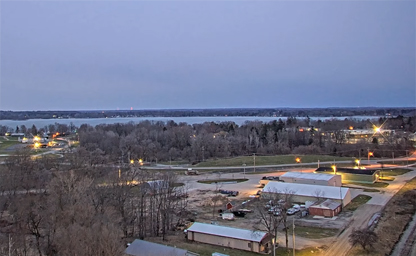
Fremont
Nestled in the heart of Newaygo County is the community of Fremont

Nestled in the heart of Newaygo County is the community of Fremont
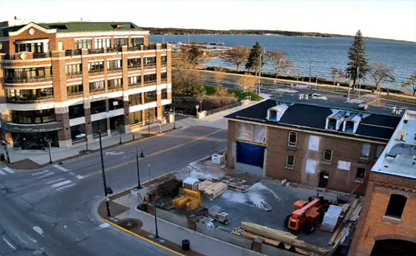
Where small-town charm meets big-city flavor
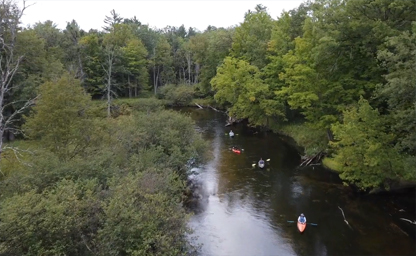
The Pere Marquette River is one of Michigan’s most famous rivers
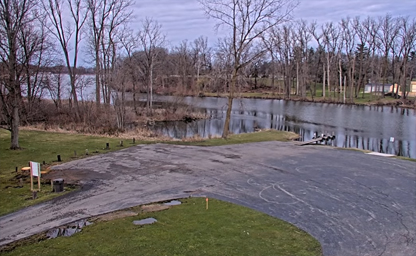
Your gateway to the Messenger-Hodunk chain of lakes
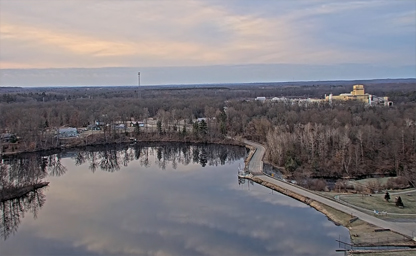
Overlooking the White Cloud Mill Pond on the White River
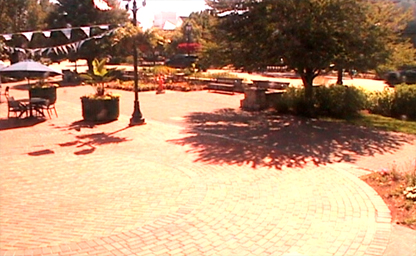
Watch the downtown streets come alive during one of our Frankenmuth festivals
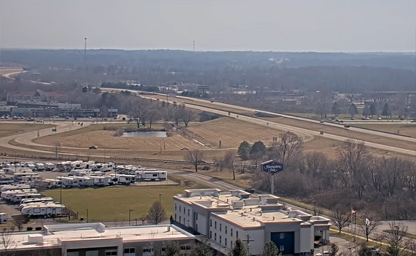
Facing Interstate 69, which runs north-south on the city's east side
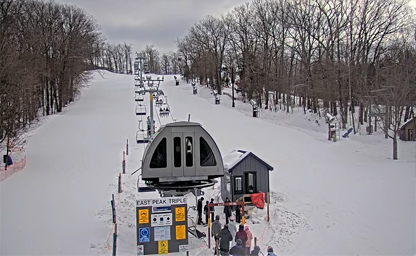
A downhill ski area located in the Lower Peninsula of Michigan near Cadillac
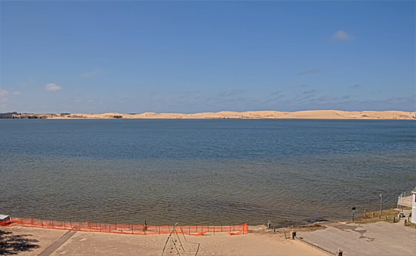
Take in the peaceful, real-time view of Silver Lake and its surrounding sand dunes
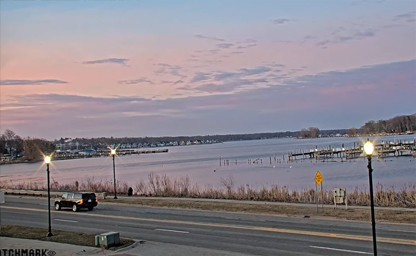
Rich with history and bursting with small-town charm
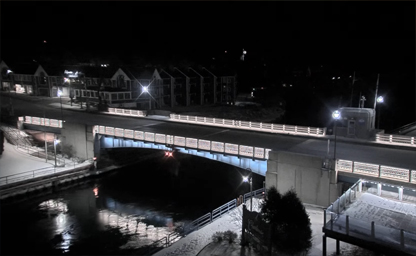
A double-leaf bascule bridge in downtown Charlevoix
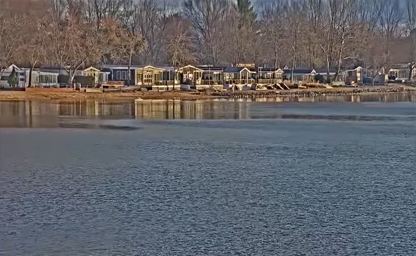
Enjoy a relaxing, real-time view of the boat launch and the surrounding areas
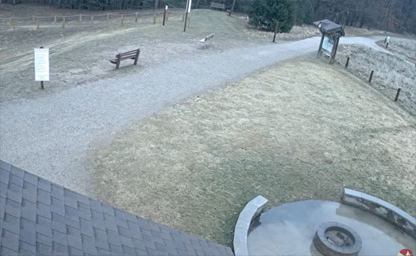
282 acres with another 130 adjacent acres of County Open Space land
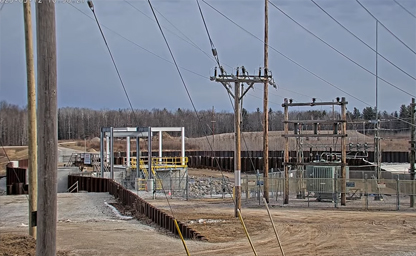
18 miles northwest of the City of Midland
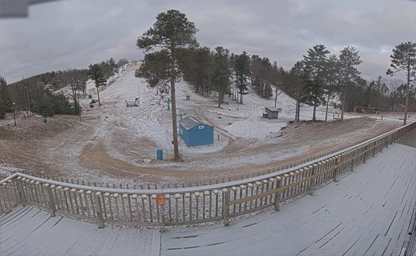
Mt. Holiday is extremely proud to be supported by The National Ski Patrol
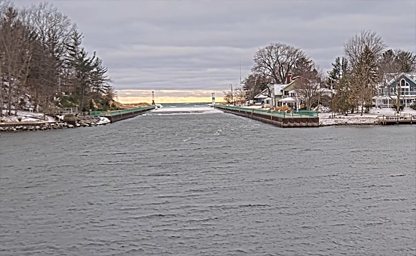
This is a live view of the Pentwater channel to Lake Michigan

The structure spans the Grand River and connects two parks
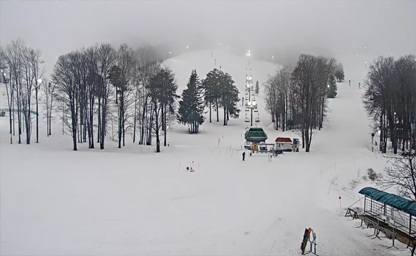
An idyllic setting in charming Harbor Springs
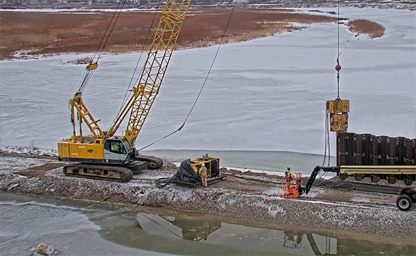
It is the most downstream of the four dams
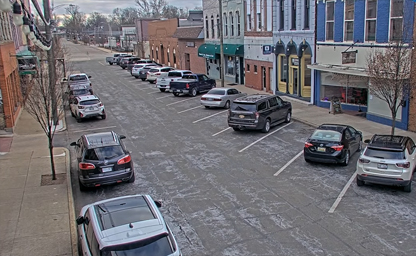
A real-time glimpse into the heart of Coldwater
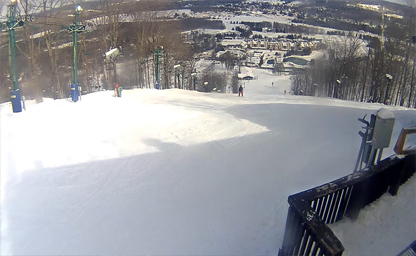
The world's longest timber-towered suspension bridge, SkyBridge Michigan
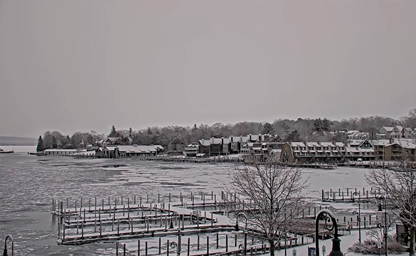
Just a few blocks from the town's iconic drawbridge
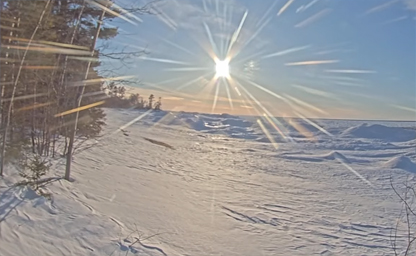
Situated in Upper Michigan's Keweenaw Peninsula
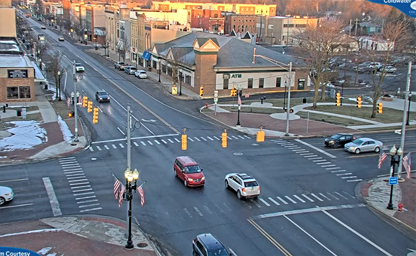
The city is mostly surrounded by Coldwater Township
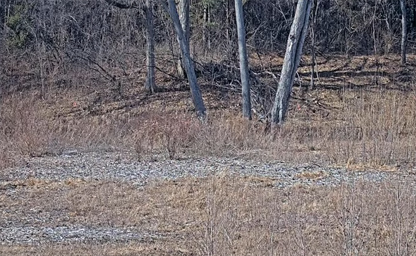
Situated on the east side of what used to be Wixom Lake
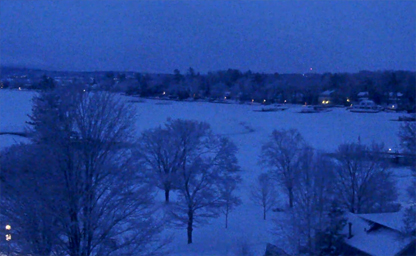
From atop the iconic bell tower of Holy Childhood of Jesus Church
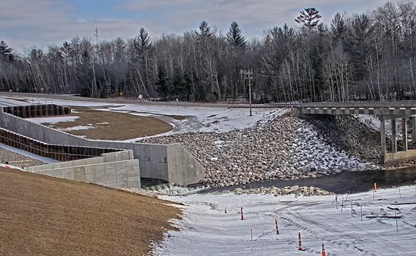
Approximately 41 miles upstream of the City of Midland
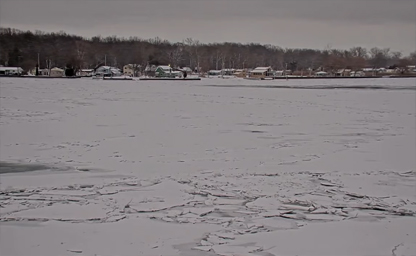
A 40.5-mile-long (65.2 km) river in central North America
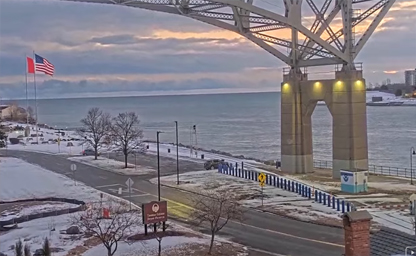
A live stream of the Saint Clair River for people who enjoy watching ships
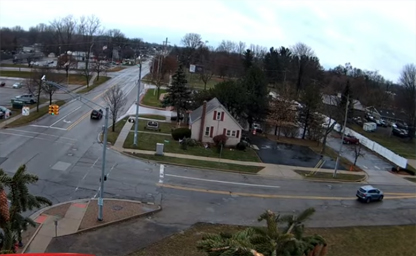
You can watch the traffic at the intersection of S. Lafayette Street and W. McHattie Street
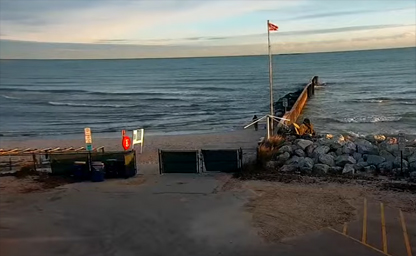
Located by Burnham Shores Park, a large green space with a tennis court and a playground
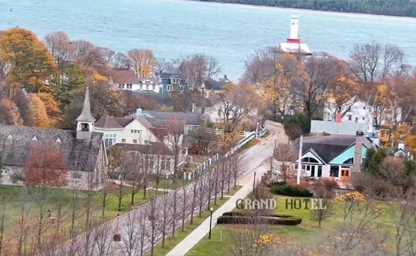
This ideal vacation spot is a paradise of exploration with incredible natural landmarks
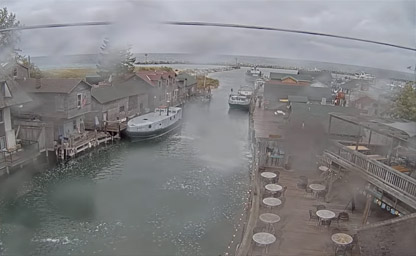
Overlooking beautiful Lake Michigan and the Manitou Islands
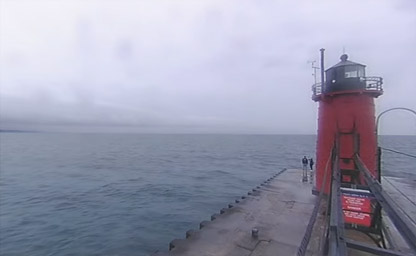
A lighthouse in Michigan, at the entrance to the Black River on Lake Michigan
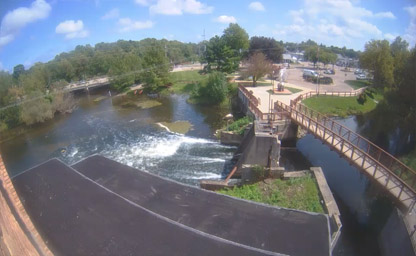
A city in Allegan County in the U.S. state of Michigan
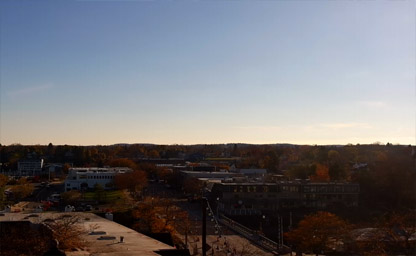
Showcasing the stunning emerald waters of Round Lake
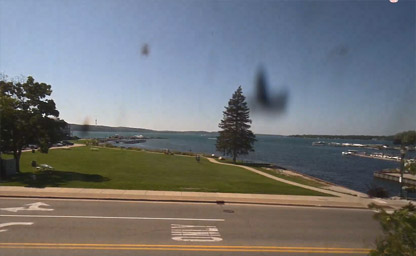
It is the third largest inland lake in the state
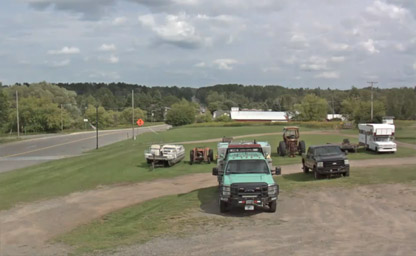
On the corner of M-69/Superior Ave and the Chippewa Sno-Kats Trail
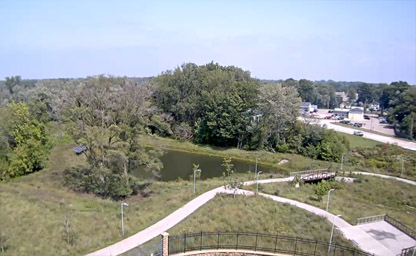
Located at the eastern gateway of the town
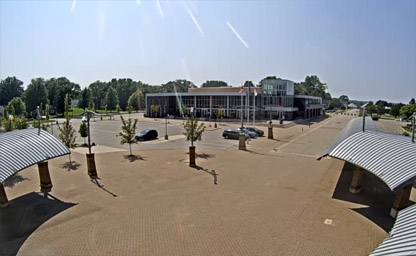
At the Eighth Street Market Place in Downtown Holland
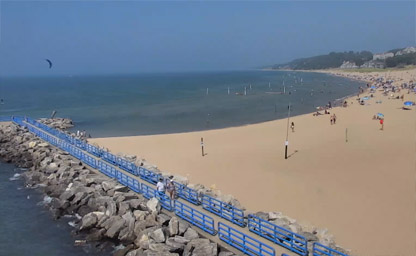
Amazing views from the Ottawa Beach and the Holland Harbor Lighthouse
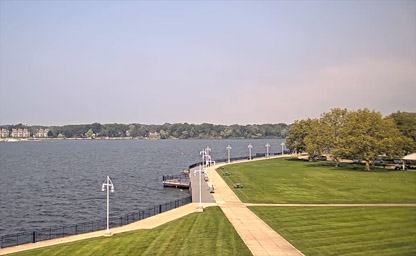
Located between the western end of 10th Street and Lake Macatawa
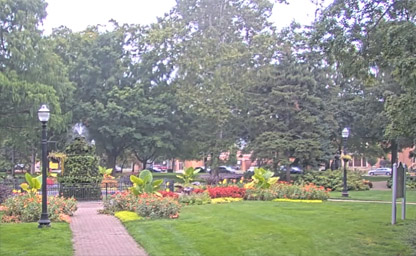
Many of Holland's popular events take place here
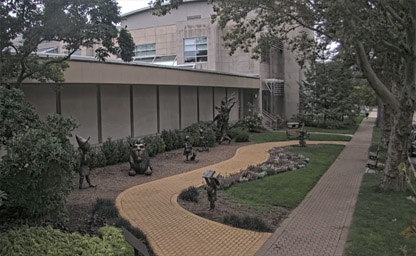
Six life-sized bronze sculptures from The Wonderful Wizard of Oz
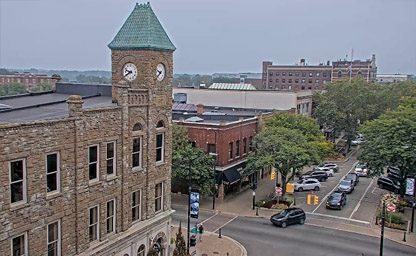
Just minutes from the shores of Lake Michigan
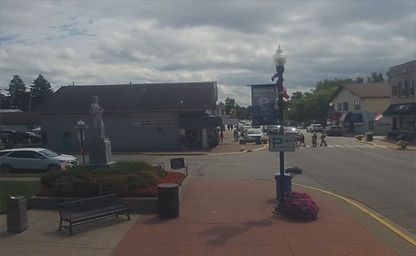
The home of one of Michigan's most popular beaches
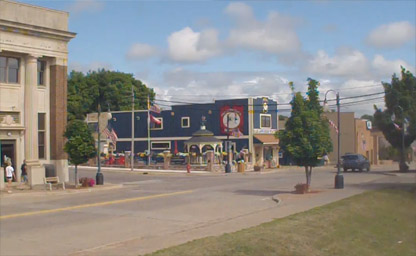
A beautiful village in the Upper Peninsula
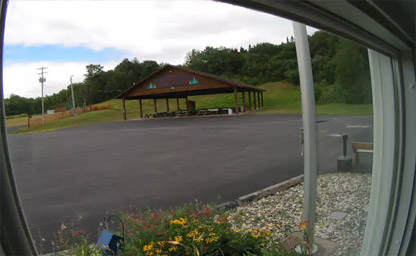
Situated some distance South of L'Anse
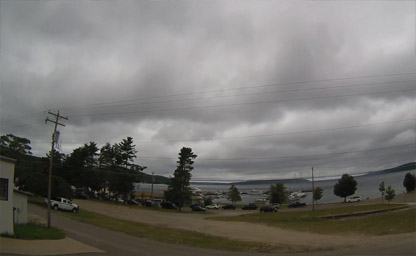
A great place to enjoy the Lake Superior shoreline
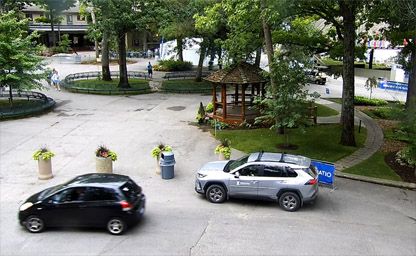
Located on the Interlochen Center for the Arts
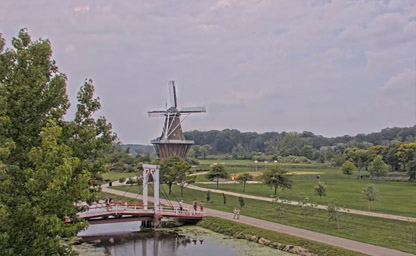
Seasonal park featuring tulip gardens
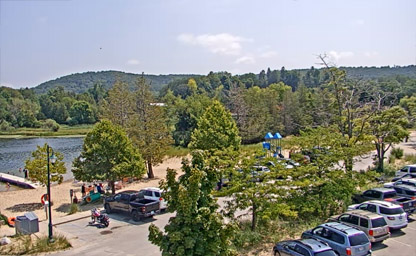
A village on Lake Michigan in the northwestern Lower Peninsula of Michigan
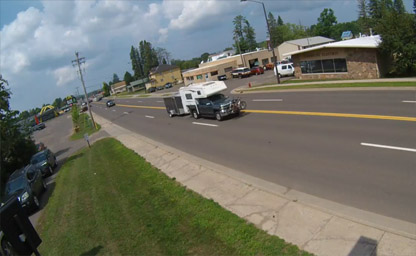
A city in Gogebic County in the Upper Peninsula
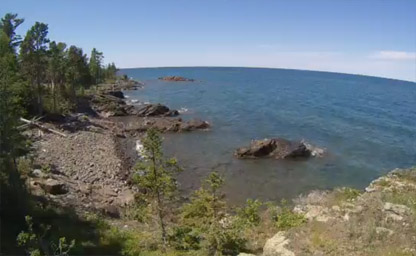
On the north side of the Keweenaw Peninsula
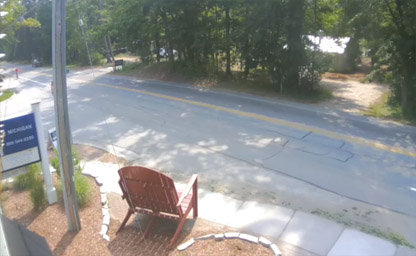
Lies on an isthmus between Lake Michigan and Glen Lake
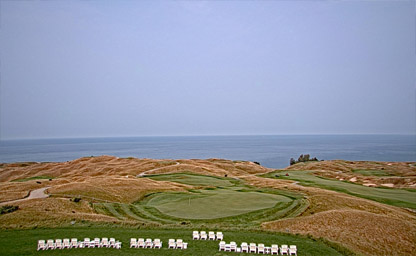
Situated along M-22 and the Lake Michigan shore
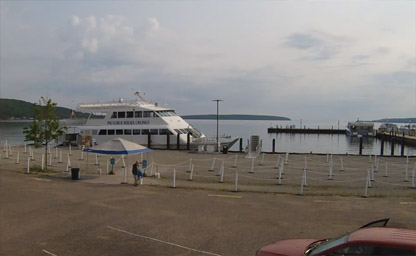
A city in the Upper Peninsula of the U.S. state of Michigan
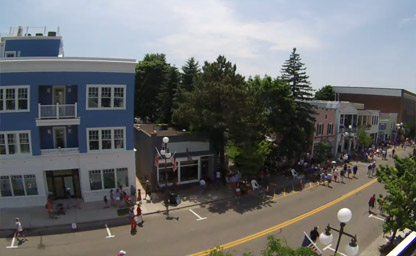
A city and resort community in Emmet County
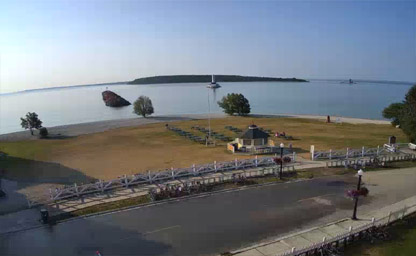
A city in Mackinac County in the U.S. state of Michigan
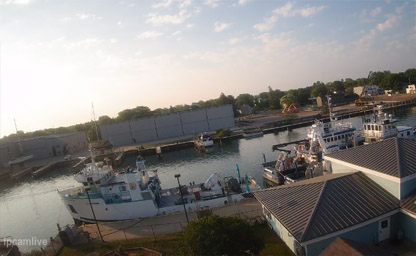
A village on the northern tip of Michigan’s Lower Peninsula
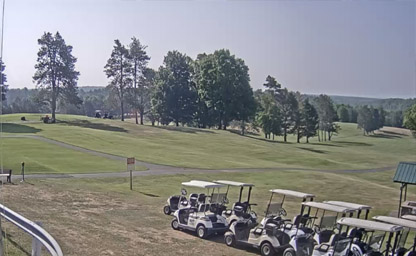
A city and the county seat of Iron County
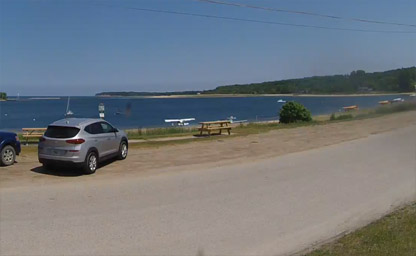
Census-designated place in Alger County in the U.S. state of Michigan
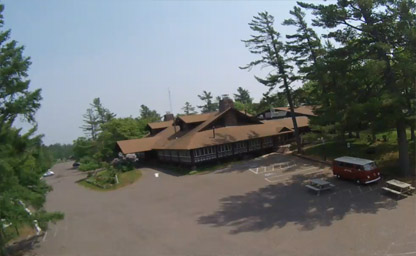
Situated within Grant Township
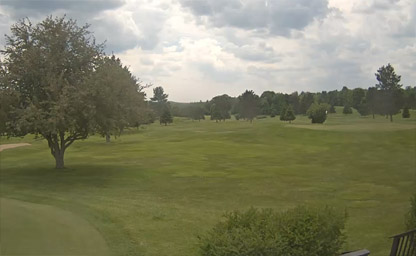
In central Iron County in Michigan's Upper Peninsula
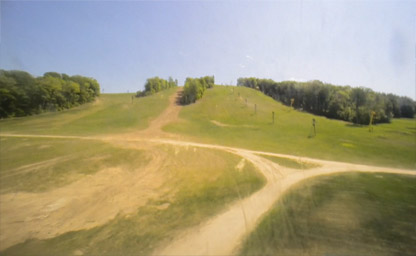
On the north side of Little Traverse Bay in Northern Michigan
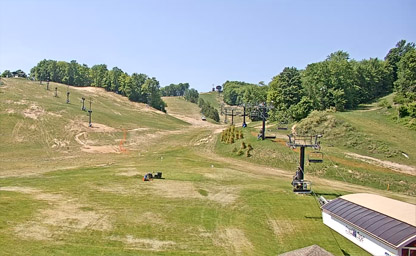
The Midwest's premier four-season family resort
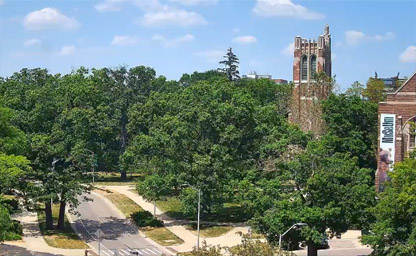
Situated on campus, one block south of Grand River Avenue
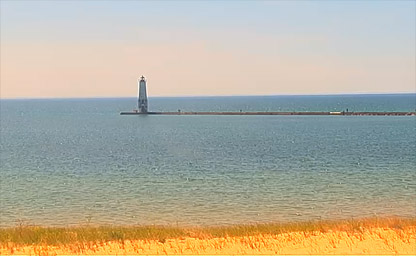
Spectacular sunsets over 400 feet of private beach on Lake Michigan
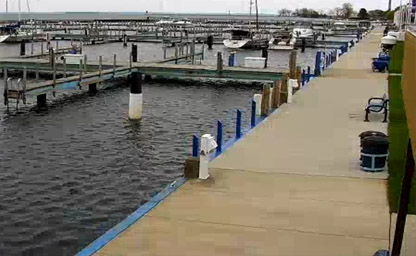
A city in the Upper Peninsula of the U.S. state of Michigan
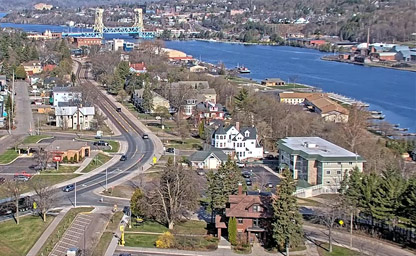
The largest city in the Copper Country region
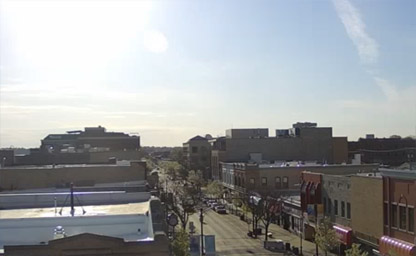
It is the county seat of Grand Traverse County
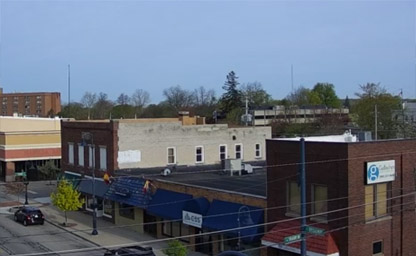
The city is the county seat of Isabella County
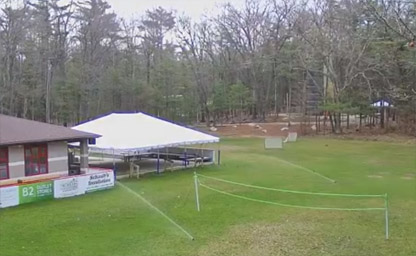
A city in Muskegon County in the U.S. state of Michigan
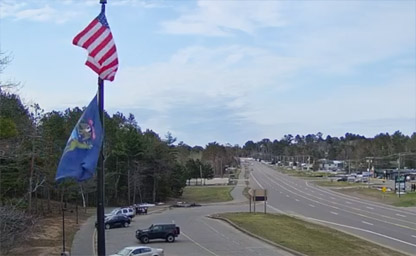
Situated on the shores of Lake Superior
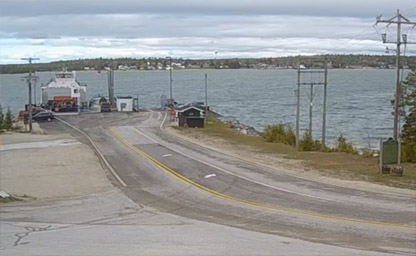
A civil township of Chippewa County
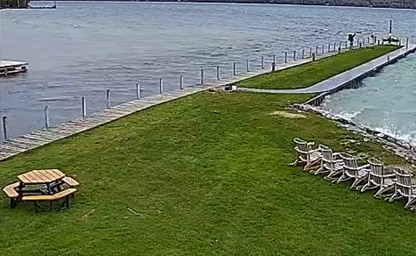
In the northwest part of Michigan's lower peninsula
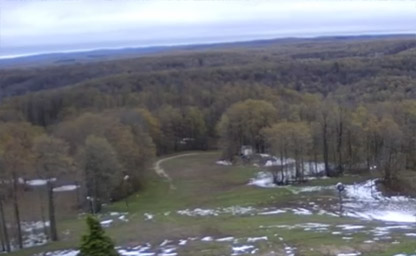
A ski area situated in the state of Michigan in USA
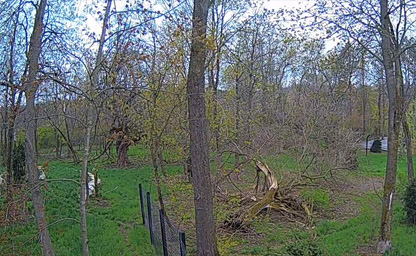
A 433-acre zoo that opened in 1977 near Battle Creek
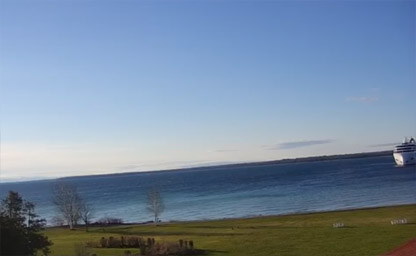
Situated on the sunrise side of Mackinac Island
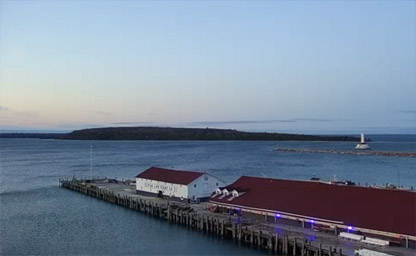
The world's largest freshwater lake
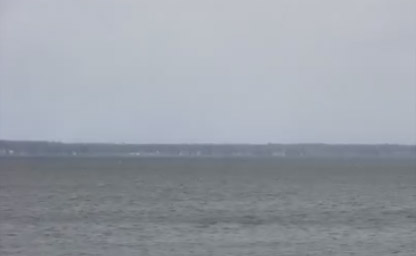
Michigan's largest inland lake covering 22,000 acres
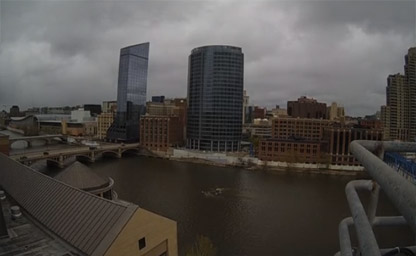
One of Michigan's largest collections of historical and cultural artifacts
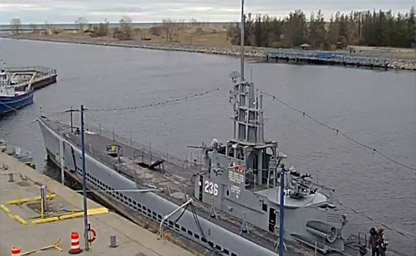
On the South side of the channel between Muskegon Lake and Lake Michigan near Pere Marquette Beach
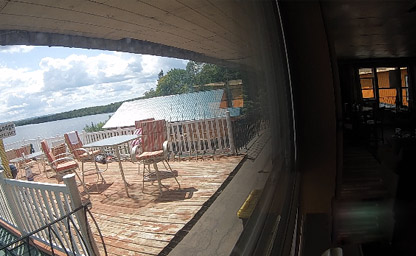
Overlooks beautiful Lake Gogebic
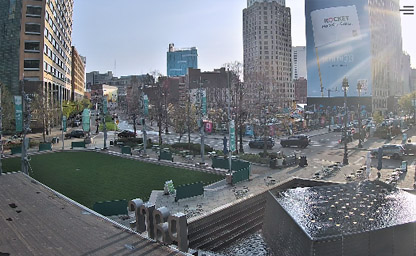
A re-established park in Downtown Detroit
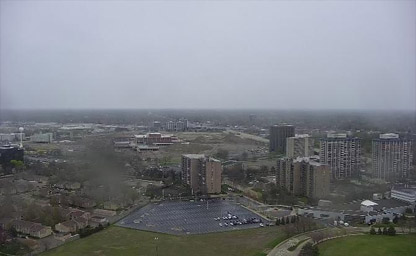
It is a suburb of Detroit
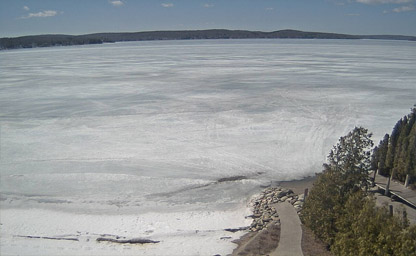
Census-designated place in Charlevoix County
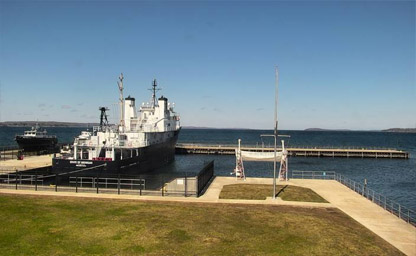
West Grand Traverse Bay from NMC's Great Lakes Campus
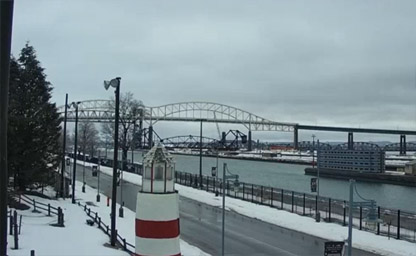
The only city in, and county seat of, Chippewa County
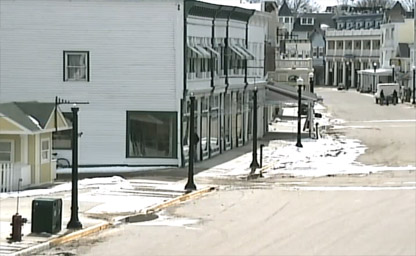
Situated within the Mackinac Island State Park boundaries
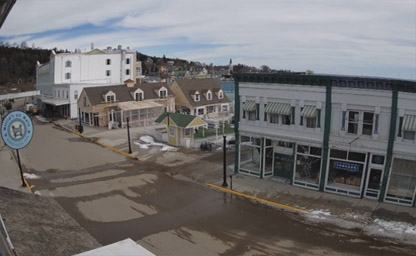
Situated in Lake Huron, at the eastern end of the Straits of Mackinac
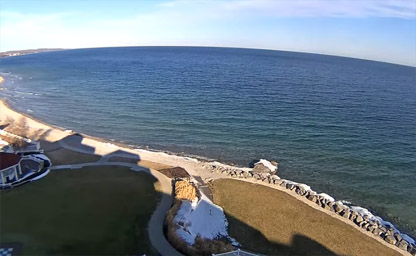
10 miles into the Lower Peninsula of Michigan
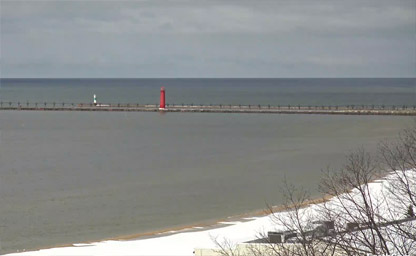
A Michigan city on the eastern shore of Lake Michigan
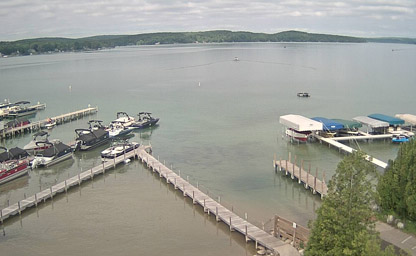
The calm, glacial blue, beautiful waters of Walloon Lake
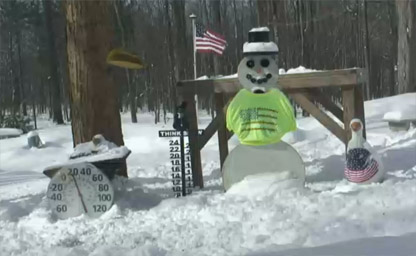
One hour south of the Mackinac Bridge
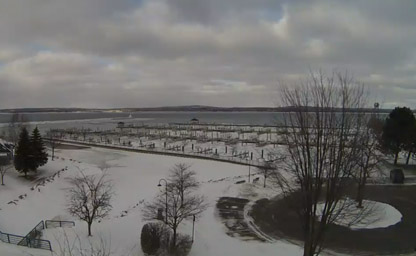
Overlooking the shores of beautiful Lake Michigan's Little Traverse Bay
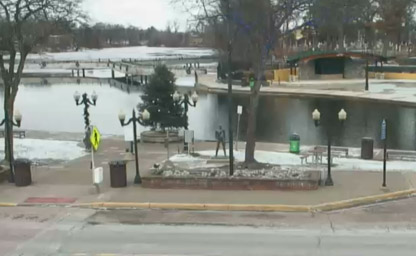
Centrally situated within Livingston County
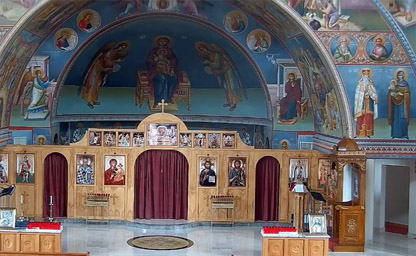
Located at Saint Nicholas Greek Orthodox Church
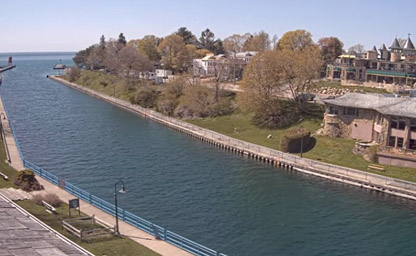
Channel that connects Lake Charlevoix/Round Lake to Lake Michigan
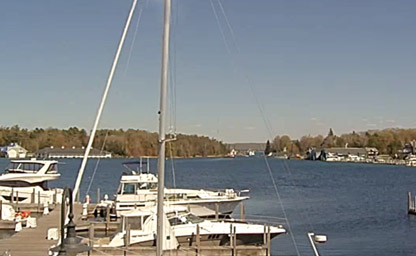
Situated at the base of East Park in downtown Charlevoix
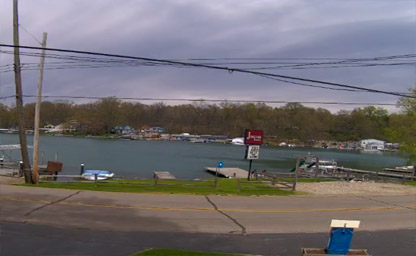
Situated mostly in Kalamazoo County
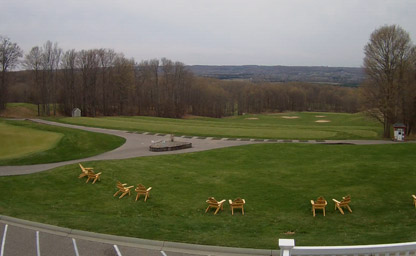
In the heart of Northern Michigan's snow belt
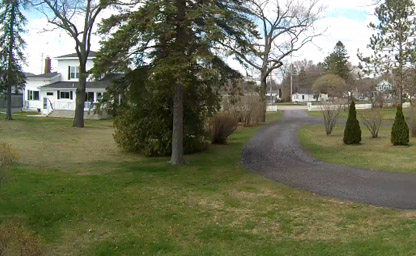
Located 3 miles NE of US 23 on Lakeview
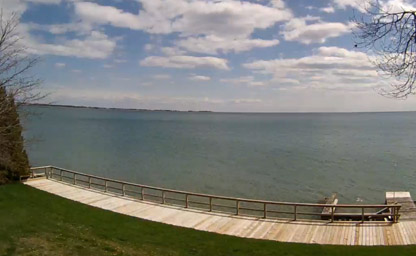
Current information about Tawas Bay, Michigan weather conditions
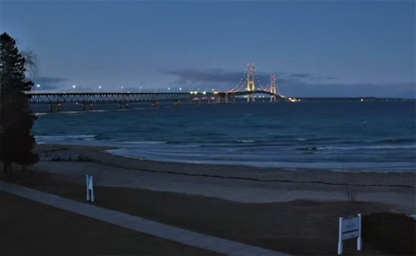
A stunning perspective of one of Michigan's most famous landmarks
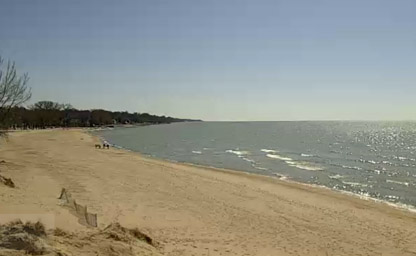
At the southwestern corner of the state
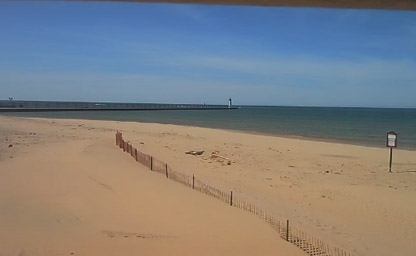
Considered to be one of Manistee's most beautiful beaches
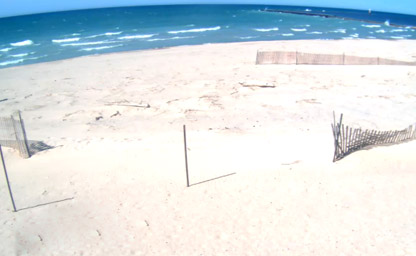
Manistee is blessed with a deep draft commercial harbor
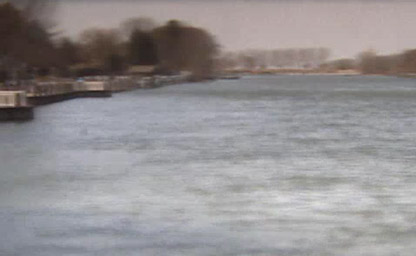
Considered to be one of Manistee's most beautiful beaches
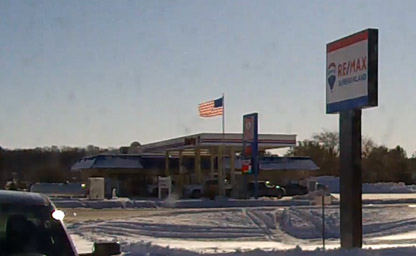
An amazing experience of the world-famous Pictured Rocks along the south shore of Lake Superior
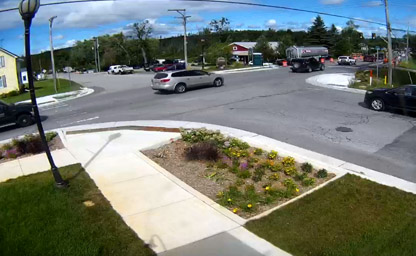
Located in downtown Lake Leelanau, Michigan
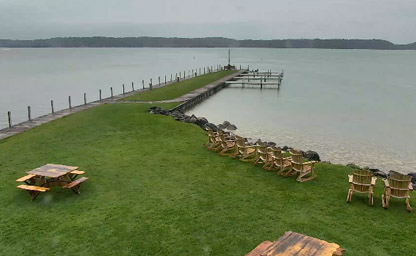
Situated in Forest Home and Kearney townships
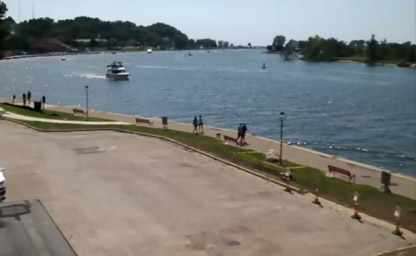
Watch views from the lakefront areas of Spring Lake and Ferrysburg
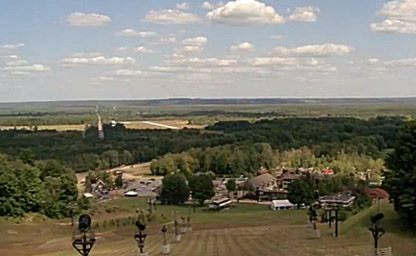
Breathtaking views of the Betsie Valley and beyond
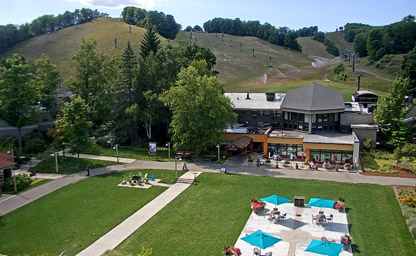
Enjoy the beauty of Northern Michigan and Crystal Mountain year-round
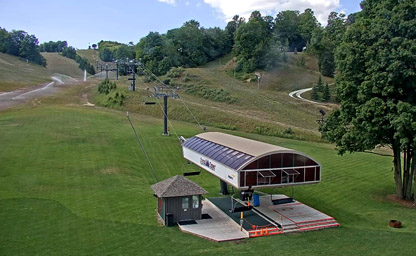
Located in picturesque Northwest Lower Michigan
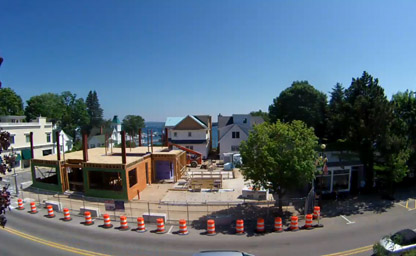
Vibrant community offering a wide variety of year round events and activities
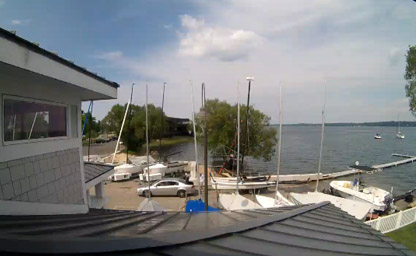
Located on West Grand Traverse Bay near Traverse City Michigan
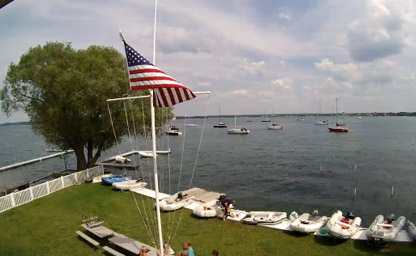
Looking over West Grand Traverse Bay
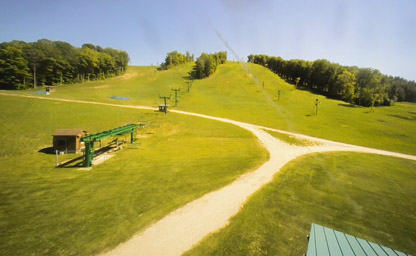
A beautiful city and resort community in Emmet County
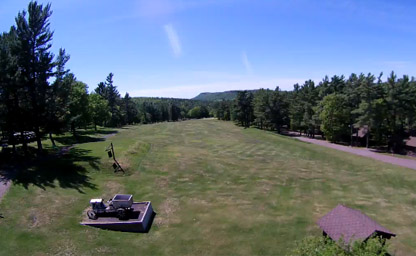
Spectacular views of Brockway Mountain
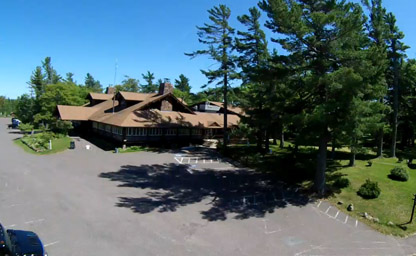
Located in Michigan's Upper Peninsula
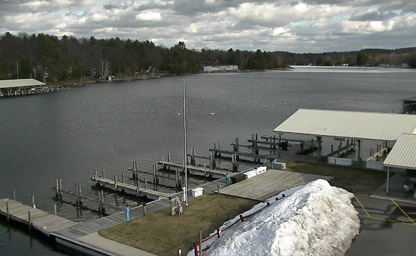
Located on Clam Lake at the Torch Lake inlet in Northern Michigan
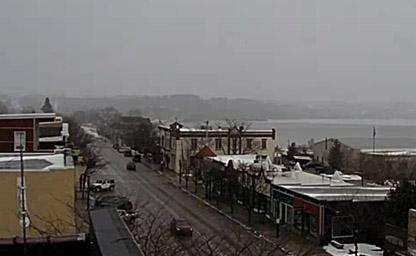
Conveniently situated on Frankfort’s charming Main Street
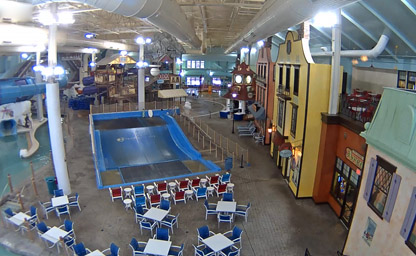
The interior detailing will be executed to a level never before seen in any waterpark in the nation
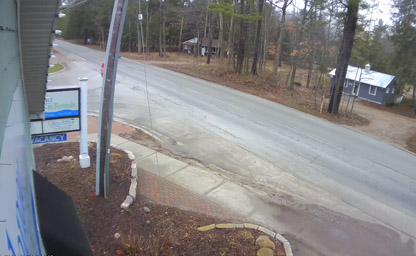
Take in the wildlife and the peacefulness that nature has to offer
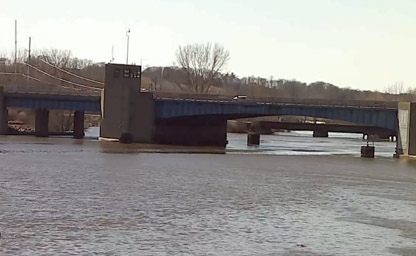
Navigable waterway of the Grand River

Grand Blanc, Michigan Weather Conditions
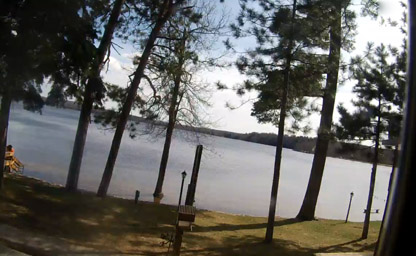
Located in the Upper Peninsula near Lake Superior and AuTrain, MI
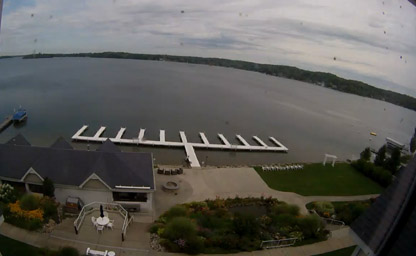
Nestled along the South shore of Gun Lake
IpLiveCams provide a fascinating window into the Great Lakes State, showcasing its stunning natural beauty, bustling cities, and unique cultural landmarks. From the shores of the Great Lakes to the vibrant streets of Detroit, these cameras offer a real-time glimpse into Michigan’s diverse scenery and activities.
Webcams along the Great Lakes capture breathtaking views of Lake Michigan, Lake Huron, and Lake Superior. Watch as waves crash against the shoreline, lighthouses stand steadfast, and boats navigate these vast freshwater seas. These feeds are ideal for weather monitoring, ship watching, or simply enjoying the serene waterscapes.
In Michigan’s urban centers, live cameras in cities like Detroit, Ann Arbor, and Grand Rapids provide a peek into daily life, cultural events, and iconic landmarks. From the Detroit Riverfront to the Michigan Stadium, these feeds highlight the energy and vibrancy of the state’s cities.
Nature-focused webcams in Michigan offer glimpses of its forests, lakes, and wildlife. Streams from locations such as Sleeping Bear Dunes, Mackinac Island, or the Upper Peninsula showcase picturesque landscapes, hiking trails, and even sightings of local wildlife like deer or birds.
Seasonal changes in Michigan are spectacular, and live feed cameras capture the beauty of each season. From vibrant autumn foliage and snow-covered winter landscapes to the blooming flowers of spring and lively summer festivals, there’s always something new to see.
Whether you’re exploring Michigan’s natural wonders, urban charm, or planning your next visit, these live feed cameras offer an immersive and dynamic way to experience the state’s unique character and beauty.
Michigan, often referred to as the "Great Lakes State," has a fascinating history shaped by its strategic location and abundant natural resources. Long before European settlers arrived, the land that is now Michigan was home to Native American tribes, including the Ojibwa (Chippewa), Odawa (Ottawa), and Potawatomi, collectively known as the Anishinaabe. These tribes thrived in the region, utilizing the vast forests, lakes, and rivers for hunting, fishing, and trade.
French explorers were the first Europeans to arrive in Michigan in the early 17th century. Étienne Brûlé is believed to have been among the first Europeans to set foot in the area, followed by the establishment of fur trading posts. In 1668, Father Jacques Marquette founded Sault Ste. Marie, Michigan’s first European settlement, followed by the establishment of Fort Pontchartrain du Détroit (modern-day Detroit) in 1701 by Antoine de la Mothe Cadillac. These settlements became critical hubs for trade, especially in furs, and facilitated interactions between the French and Indigenous peoples.
Control of Michigan shifted between European powers as part of larger geopolitical conflicts. Following the French and Indian War, Michigan came under British control in 1763. However, the region became a focal point of resistance during Pontiac’s Rebellion, where Native American tribes sought to expel the British from the Great Lakes region. The Treaty of Paris in 1783 ended the American Revolution and ceded Michigan to the United States, but British influence lingered until the War of 1812 definitively established American control.
Michigan achieved statehood in 1837 as the 26th state of the Union. The state played a pivotal role in the westward expansion of the United States, with Detroit emerging as a transportation and industrial hub. Michigan’s abundant natural resources, including timber and iron ore, fueled its growth during the 19th century. The construction of the Soo Locks in Sault Ste. Marie in 1855 revolutionized shipping, allowing goods to move efficiently between Lake Superior and the lower Great Lakes.
During the 20th century, Michigan became synonymous with the rise of the automobile industry. The state, particularly Detroit, earned the nickname "Motor City" as it became the epicenter of automotive innovation and manufacturing. Companies like Ford, General Motors, and Chrysler revolutionized transportation and played a significant role in shaping modern America. Michigan also played a crucial role during World War II, with its factories converting to produce military vehicles and equipment, earning the state the moniker "Arsenal of Democracy."
Michigan’s history is also deeply intertwined with social movements, including the labor movement, civil rights, and environmental conservation. Today, its legacy is preserved in landmarks such as Mackinac Island, the Henry Ford Museum, and the Motown Museum, which celebrate the state’s rich cultural and industrial heritage.
Michigan’s climate is heavily influenced by its proximity to the Great Lakes, resulting in a mix of weather patterns that vary across the state. The climate is generally classified as humid continental, with warm summers and cold winters. However, regional differences between the Upper Peninsula and Lower Peninsula, as well as the influence of the lakes, create unique microclimates.
Summers in Michigan are warm and pleasant, with average temperatures ranging from the mid-70s to low 80s Fahrenheit. Coastal areas along the Great Lakes often experience cooler temperatures due to lake breezes, making destinations like Traverse City and Mackinac Island popular for summer getaways. Summer is also the season for outdoor activities such as hiking, boating, and exploring Michigan’s numerous state parks.
Autumn in Michigan is a time of stunning natural beauty. The state’s forests, which cover more than half of its land area, display a brilliant array of fall foliage. Popular spots like the Porcupine Mountains and Sleeping Bear Dunes National Lakeshore attract visitors seeking breathtaking views and crisp, cool weather. Autumn also brings harvest season, with apple orchards and pumpkin patches dotting the countryside.
Winters in Michigan can be harsh, especially in the Upper Peninsula and northern parts of the Lower Peninsula. Snowfall is common, with lake-effect snow contributing to significant accumulations in areas downwind of the Great Lakes. Skiing, snowboarding, and snowmobiling are popular winter activities, with resorts like Boyne Mountain and Crystal Mountain drawing enthusiasts. Despite the cold, winter also offers opportunities for ice fishing and exploring frozen landscapes.
Spring in Michigan is a season of transition, as the state emerges from its winter slumber. Temperatures gradually warm, and the melting snow gives way to blooming wildflowers and budding trees. Spring is also the start of the fishing season, with anglers flocking to the Great Lakes and inland waterways for trout, walleye, and other species.
The Great Lakes play a significant role in Michigan’s climate, moderating temperatures and influencing precipitation patterns. This unique relationship between land and water creates a dynamic environment that offers something new with each season.
Michigan is unique among U.S. states for its geographic division into two peninsulas, the Upper Peninsula (commonly known as the U.P.) and the Lower Peninsula. These landmasses are separated by the Straits of Mackinac, a narrow waterway connecting Lake Michigan and Lake Huron. The two peninsulas are connected by the iconic Mackinac Bridge, a marvel of engineering that spans nearly five miles.
Michigan is bordered by four of the five Great Lakes—Lake Superior, Lake Michigan, Lake Huron, and Lake Erie. This proximity gives Michigan the longest freshwater coastline in the United States, spanning over 3,200 miles. The state is also home to more than 11,000 inland lakes and numerous rivers, making it a paradise for water enthusiasts.
The Lower Peninsula, often shaped like a mitten, is the more populous and urbanized of the two peninsulas. It features a mix of rolling hills, fertile farmland, and vibrant cities like Detroit, Grand Rapids, and Ann Arbor. The region also boasts natural wonders such as the sand dunes of Sleeping Bear Dunes National Lakeshore and the lush forests of Huron-Manistee National Forests.
The Upper Peninsula, by contrast, is a rugged and sparsely populated area known for its natural beauty and outdoor recreation opportunities. The U.P. is characterized by dense forests, rocky shorelines, and pristine waterfalls. It is also home to Isle Royale National Park, a remote island wilderness in Lake Superior that is a haven for wildlife, including moose and wolves.
Michigan’s diverse geography also includes the Porcupine Mountains, Tahquamenon Falls, and the Keweenaw Peninsula, which was a center of copper mining during the 19th century. The state’s varied landscapes, from urban centers to untouched wilderness, make it a destination with something for every traveler.
When visiting Michigan, be sure to explore its lighthouses—there are over 120 along its shores, more than any other state. These historic structures, such as Big Sable Point Lighthouse and Whitefish Point Lighthouse, offer stunning views and a glimpse into the state’s maritime heritage. An interesting fact about Michigan is that it is the only state in the U.S. made up of two peninsulas, which earned it the nickname "The Great Lakes State."